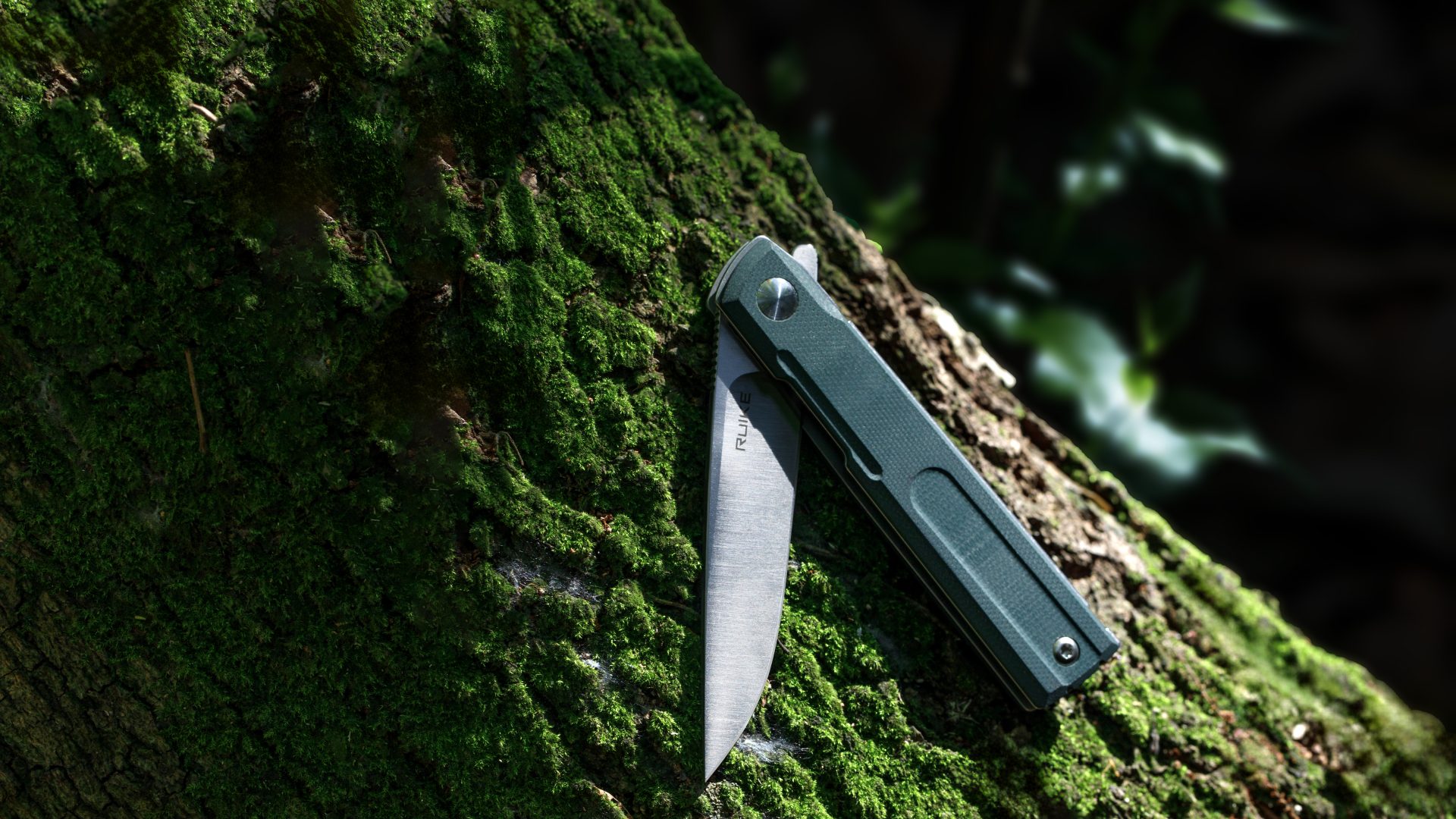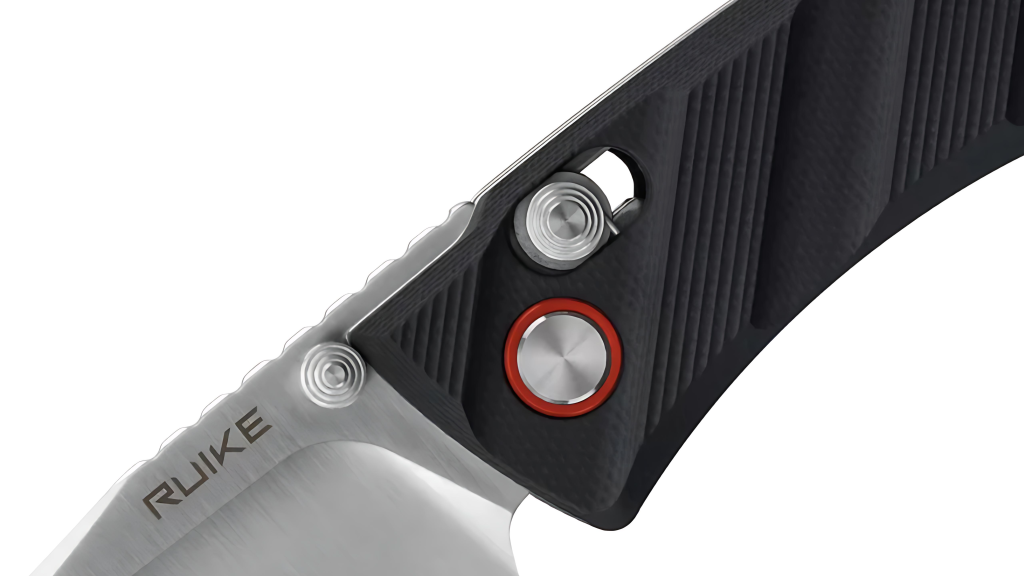
When selecting a folding knife, understanding the different types of knife locks is one of the most critical aspects to consider. A reliable lock ensures safety during use, prevents accidental closure, and enhances the knife’s overall functionality.
This guide explores the most common folding knife lock types, their mechanisms, and practical considerations to help you make an informed choice.
| Lock Type | Strength | Ease of Use | Ambidextrous? | Best For |
|---|---|---|---|---|
| Liner Lock | Medium | Easy | No | EDC, budget-friendly |
| Frame Lock | High | Easy | No | Tactical, premium designs |
| Lockback | High | Moderate | Yes | Outdoor, utility |
| Crossbar Lock | High | Easy | Yes | Tactical, quick deployment |
| Button Lock | Medium | Easy | Yes | Automatics, fast access |
| Slip Joint | Low (non-locking) | Easy | Yes | Legal carry, light tasks |
Among the various types of knife locks, the liner lock is one of the most widely used mechanisms due to its simplicity and ease of use. It features a thin metal liner inside the handle that moves sideways to lock the blade in the open position. Pushing the liner aside allows the blade to close.
Pros:
Cons:
Best For: Everyday carry (EDC) and budget knives
A frame lock operates like a liner lock but uses the handle itself as the locking element. The frame bends inward to hold the blade open securely.
Pros:
Cons:
Best For: Premium knives and tactical use
Also known as a back lock, this mechanism uses a spring-loaded spine bar that clicks into a notch on the blade’s tang to hold it open.
Pros:
Cons:
Best For: Outdoor knives and general utility use

The crossbar lock (similar to Axis-style mechanisms), part of the more modern types of knife locks, uses a spring-tensioned bar that slides into place behind the blade when open. Pulling the bar back on both sides unlocks the blade.
Pros:
Cons:
Best For: Tactical and performance-oriented knives
This lock uses a spring-loaded button to control the blade. Pressing the button disengages the lock, allowing the blade to pivot.
Pros:
Cons:
Best For: Modern folding knives and automatic knives
Unlike other locks, the slip joint doesn't "lock" the blade but uses spring tension to hold it open. It’s commonly found in traditional pocket knives.
Pros:
Cons:
Best For: Light everyday use and legal carry zones
Use this guide to compare different types of knife locks and match the ideal option to your knife's intended use:
Key Considerations:
Liner and frame locks offer reliable versatility for everyday carry, while lockback and crossbar locks are better suited for more rugged, outdoor use. Button locks provide fast, intuitive access, making them popular in modern knife designs. For areas with stricter regulations, slip joints remain a practical and legally compliant option.
By understanding the different types of knife locks, you can choose a folding knife that meets your needs—whether for daily tasks, outdoor activities, or travel. A dependable locking mechanism not only ensures safety but also enhances the knife’s functionality and overall user confidence.